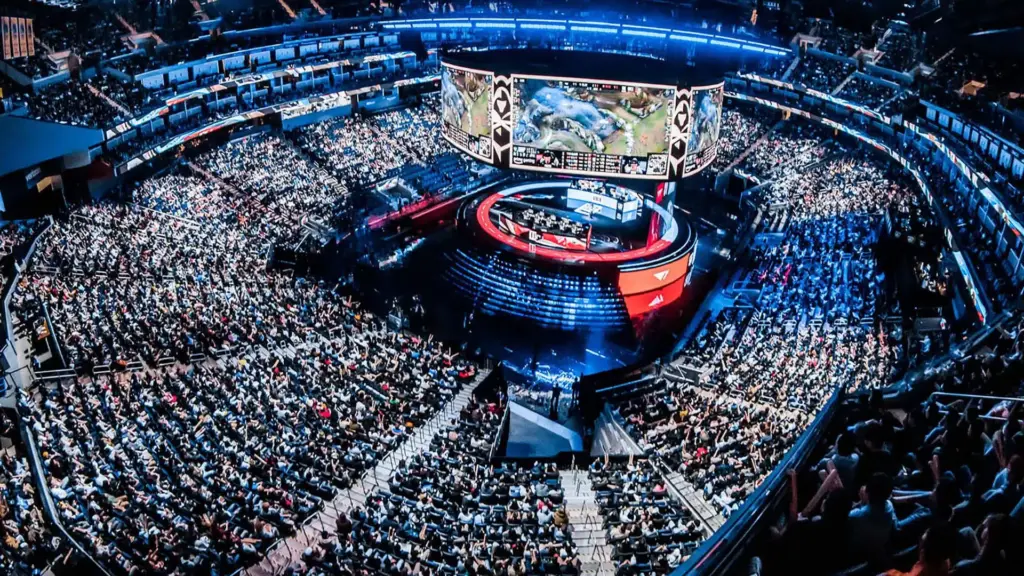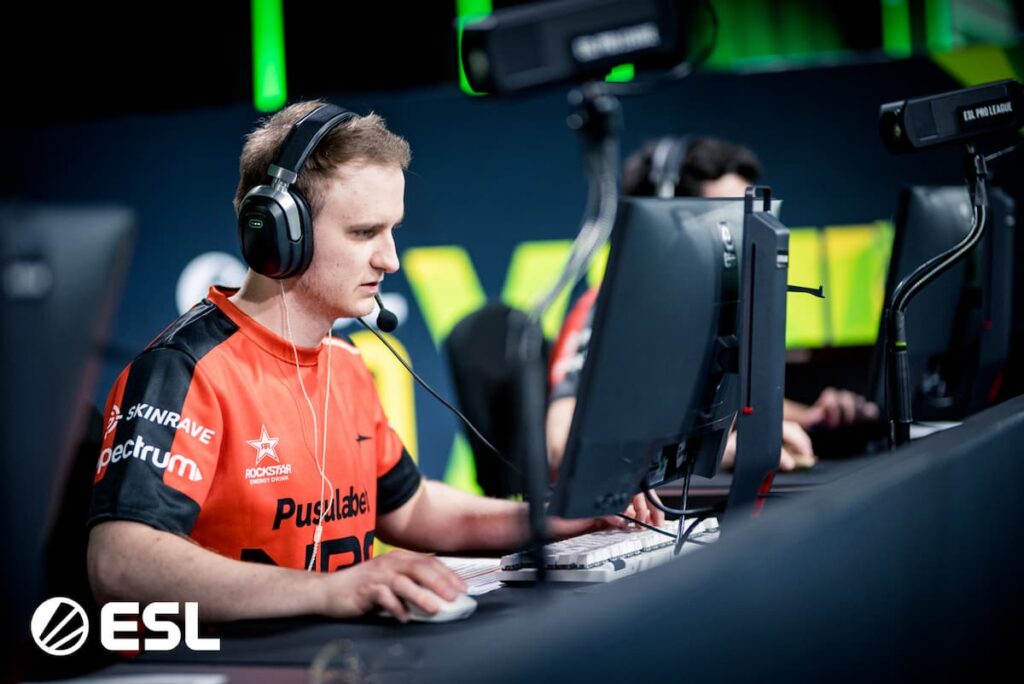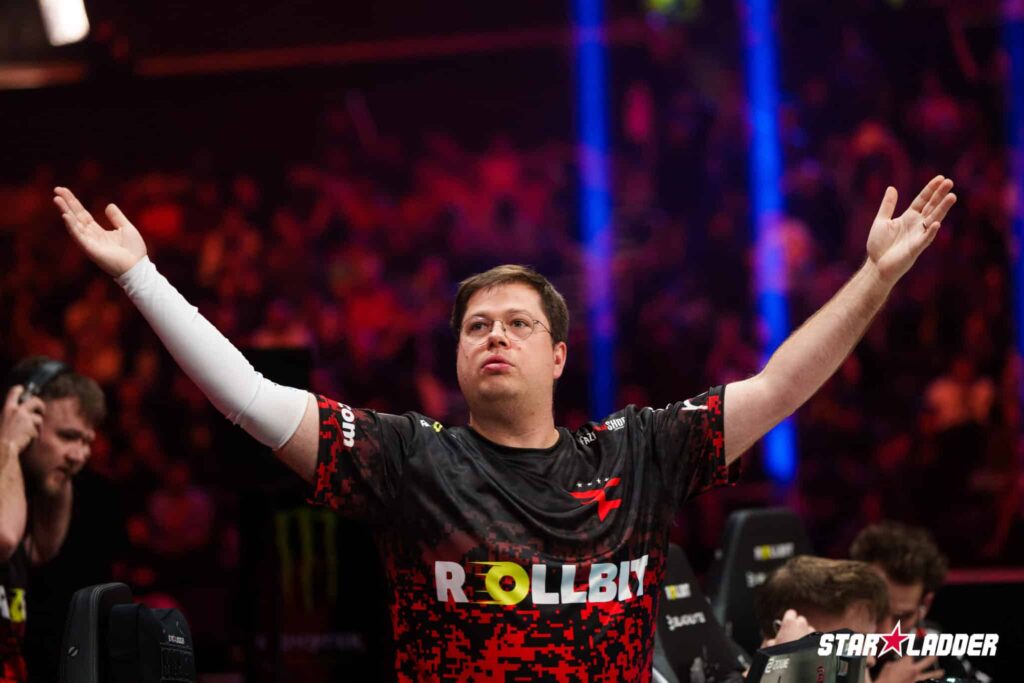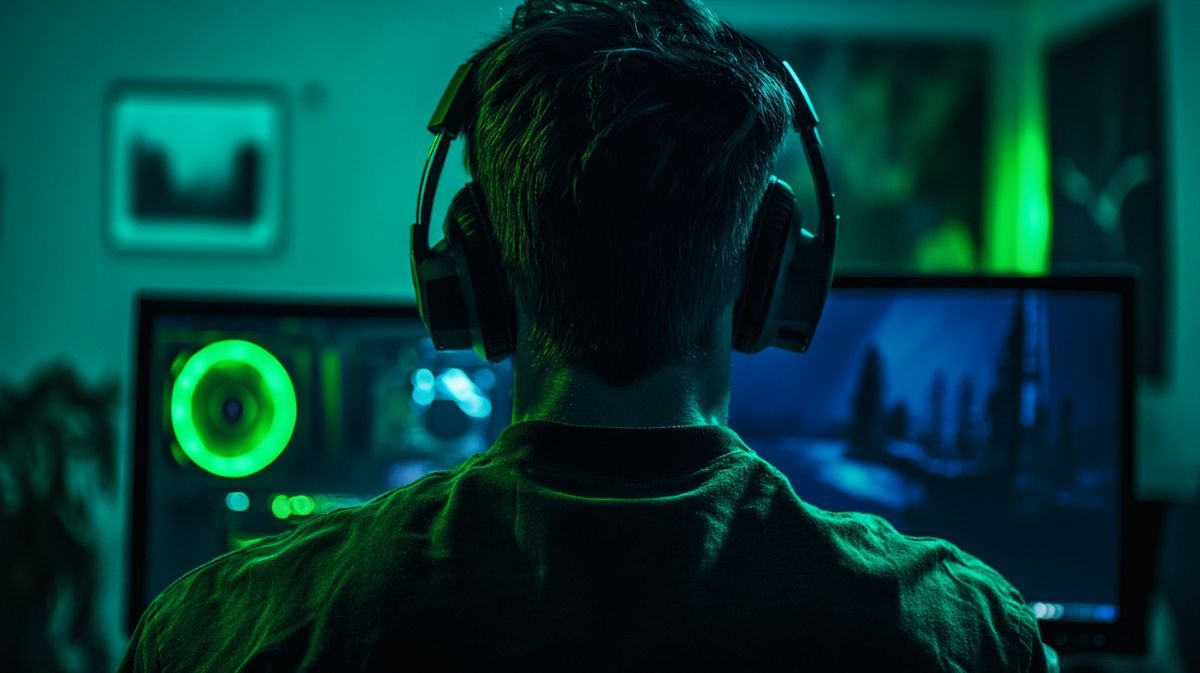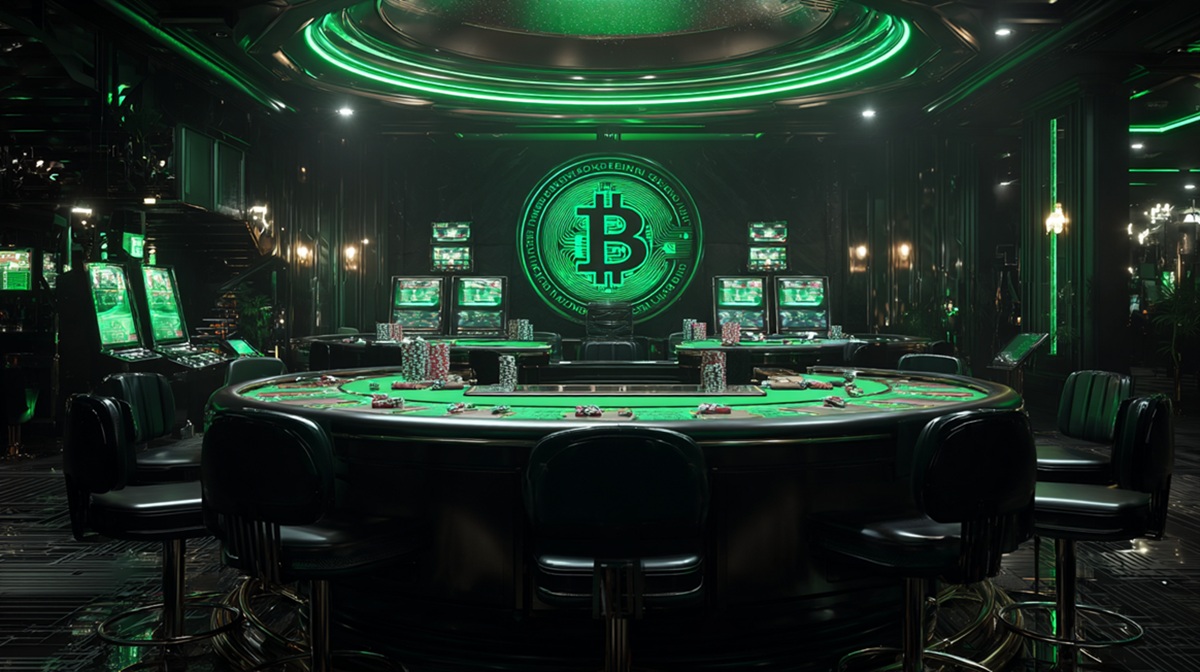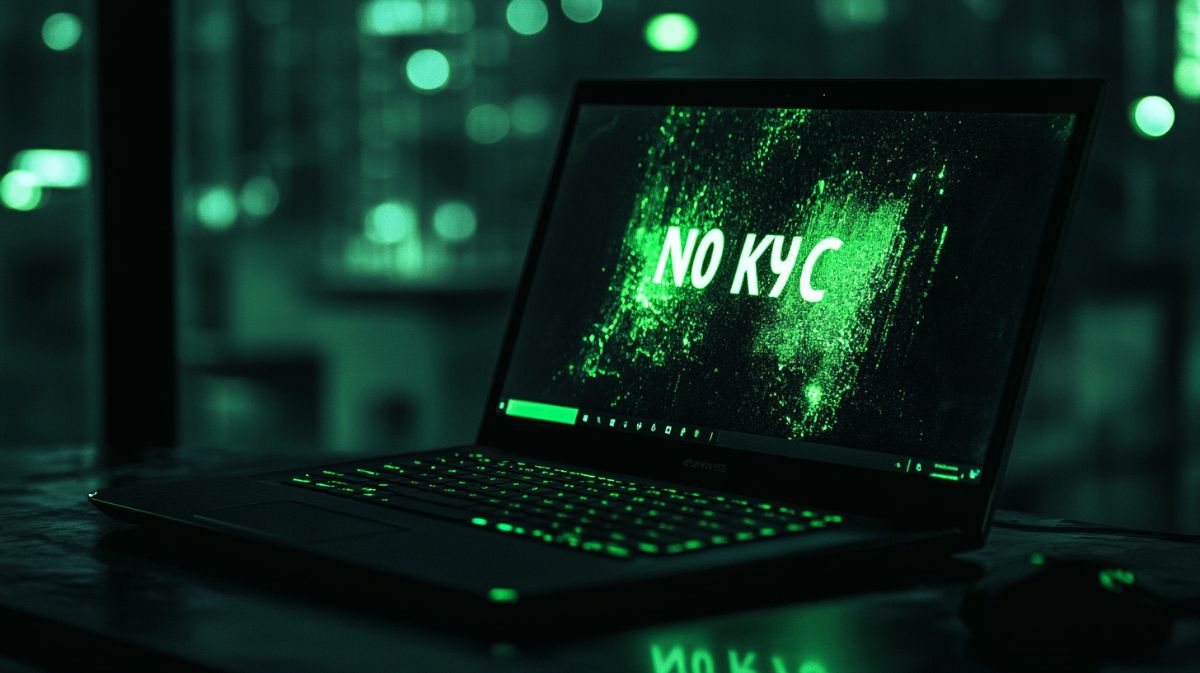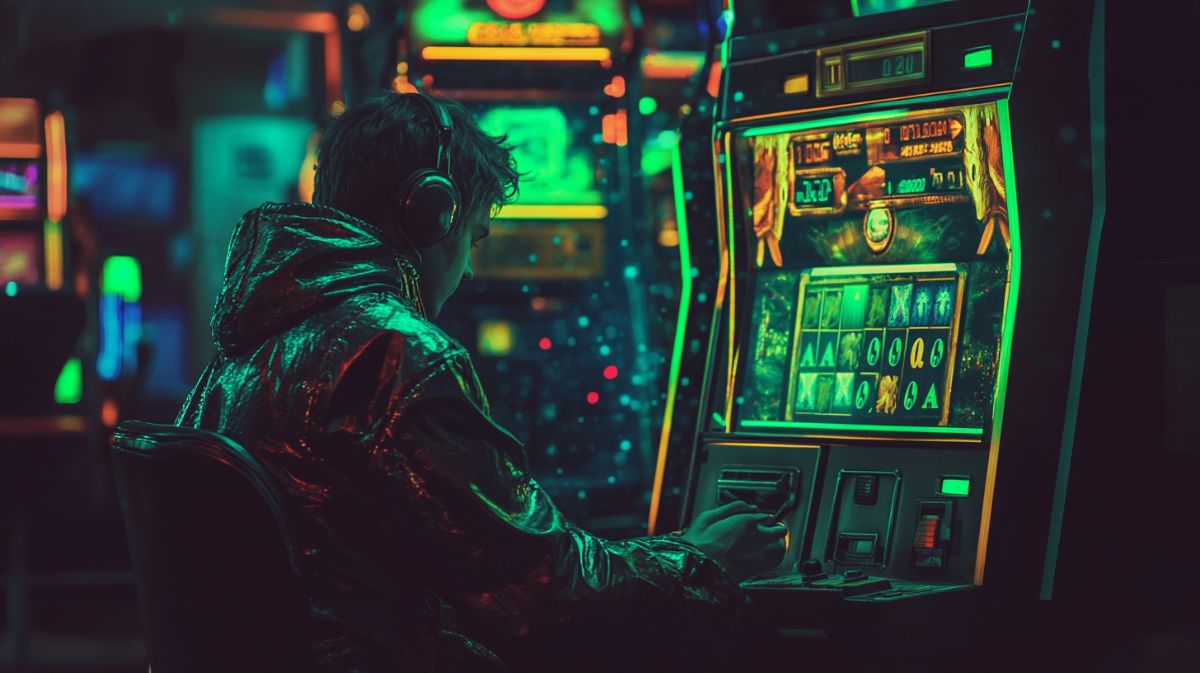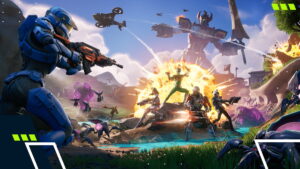Why BLAST’s Upset-Focused Tournament has had Zero Upsets
BLAST Bounty Fall 2025 features an exciting gimmick designed to give lower-ranked teams a payday. The only problem is that none of them have been able to cash it in.
The opening 12 matches of BLAST Bounty Fall Qualifiers are over, and out of a dozen chances to trigger the tournament’s special bounty system, zero teams managed to pull it off. There are now only four remaining matches in the opener, with a second round to determine which teams will advance to the $500,000 main event starting on August 14, 2025. The lack of upsets highlights the significant talent gap between top teams, developing talent, and rising in-betweeners.
BLAST Bounty’s signature format combines the typical prize pool with a bounty system. Teams start with bounties determined by their seed, with the lower half of the seeding designated as bounty hunters. When bounty hunters win an upset, they instantly win half the bounty as guaranteed prize money and take on the other half as their new bounty.
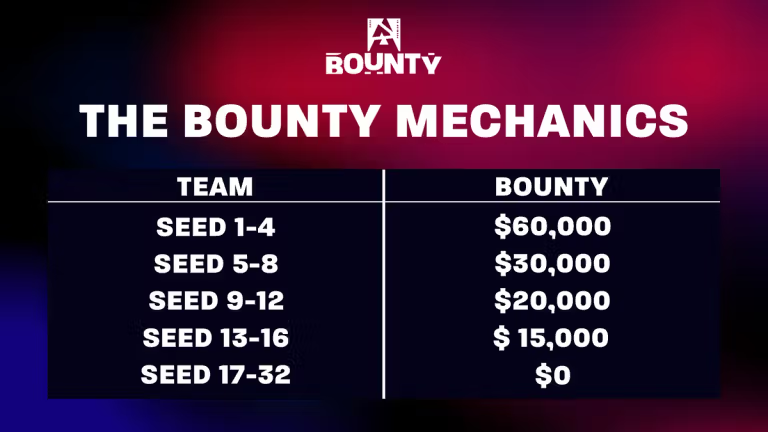
Image Credit: BLAST
The goal is to drum up hype for underdogs, but aside from a few shock map wins, no low-ranked team has managed to take a series for the first three days. TNL took a surprise map from Natus Vincere, and Passion UA delivered a win against Spirit on the Cologne champion’s own map pick, but that’s the closest any team came to a major upset. The final match of day three featured a close series between Legacy and Fnatic. Ultimately, the expected winner, Legacy, triumphed over a 31-year-old Freddy “KRIMZ” Johansson.
There’s still a chance for a bounty claim on the final day, and Complexity is primed to earn it. HEROIC has announced a mid-tournament player change, dropping Gleb “gr1ks” Gazin for Spirit Academy AWPer Älımjan “alkarenn” Bıtımbai. To accommodate BLAST’s rulebook, Rasmus “Scr0b” Poulsen from HEROIC’s academy team will serve as interim sniper.
The sudden shift leaves HEROIC open for an upset. Complexity is ranked 23 to HEROIC’s 20 on HLTV, the closest evaluation for any matchup so far.
Why are upsets so uncommon in CS2?
While upsets between the tiers of CS2 esports are quite rare, upsets within the top level of competition are actually somewhat common.
Take IEM Cologne 2025, for example. Team Vitality entered as the obvious favorite, not dropping a single map on the way to the semi-finals. Then, just two maps to MOUZ spelled the end of its seven-event winning streak. Other notable upsets from Cologne include Na’Vi beating both FaZe Clan and The MongolZ as well as FURIA taking down Team Falcons.
While impressive, all of these upsets involved teams that were already ranked within the top 10 at HLTV before the event. There were zero upsets outside of that elusive bracket. Tier two teams simply do not beat tier one teams, and the economics of esports are to blame.
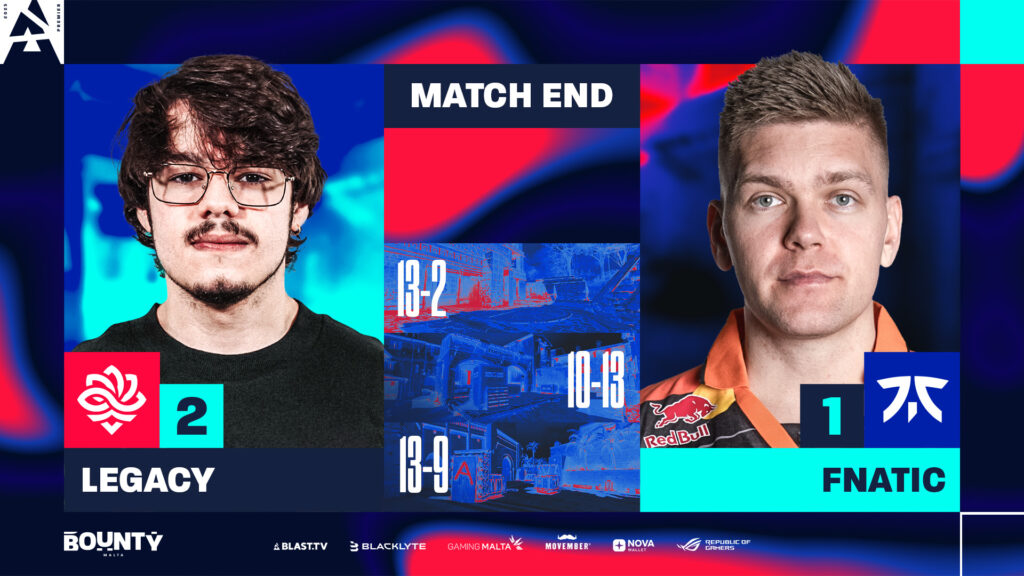
Image Credit: BLAST
In many traditional sports leagues, like the NFL and NBA, teams have a salary cap. This limit on player spending prevents rich owners from simply contracting all the best talent and winning everything. Other sports leagues, like the Premier League, have revenue-based limits on how much teams can spend. These systems spread talent across the league and prevents teams from buying championships.
In esports, these limits do not exist. If a player becomes strong enough to play at the top level, it’s likely that a high-rank contender will buy out their contract and substitute a struggling player. Poaching, as the practice is often called, has become a frequent and accepted part of the esports ecosystem. Still, it makes it extremely difficult for lower-ranked teams to rise up without getting their star players taken by top teams.
In short, as long as CS2’s esports scene has no salary cap, flexible contracts, and an eternal tide of rising talent, the best tier two teams get picked apart well before they can stage the upsets that BLAST is looking for.
